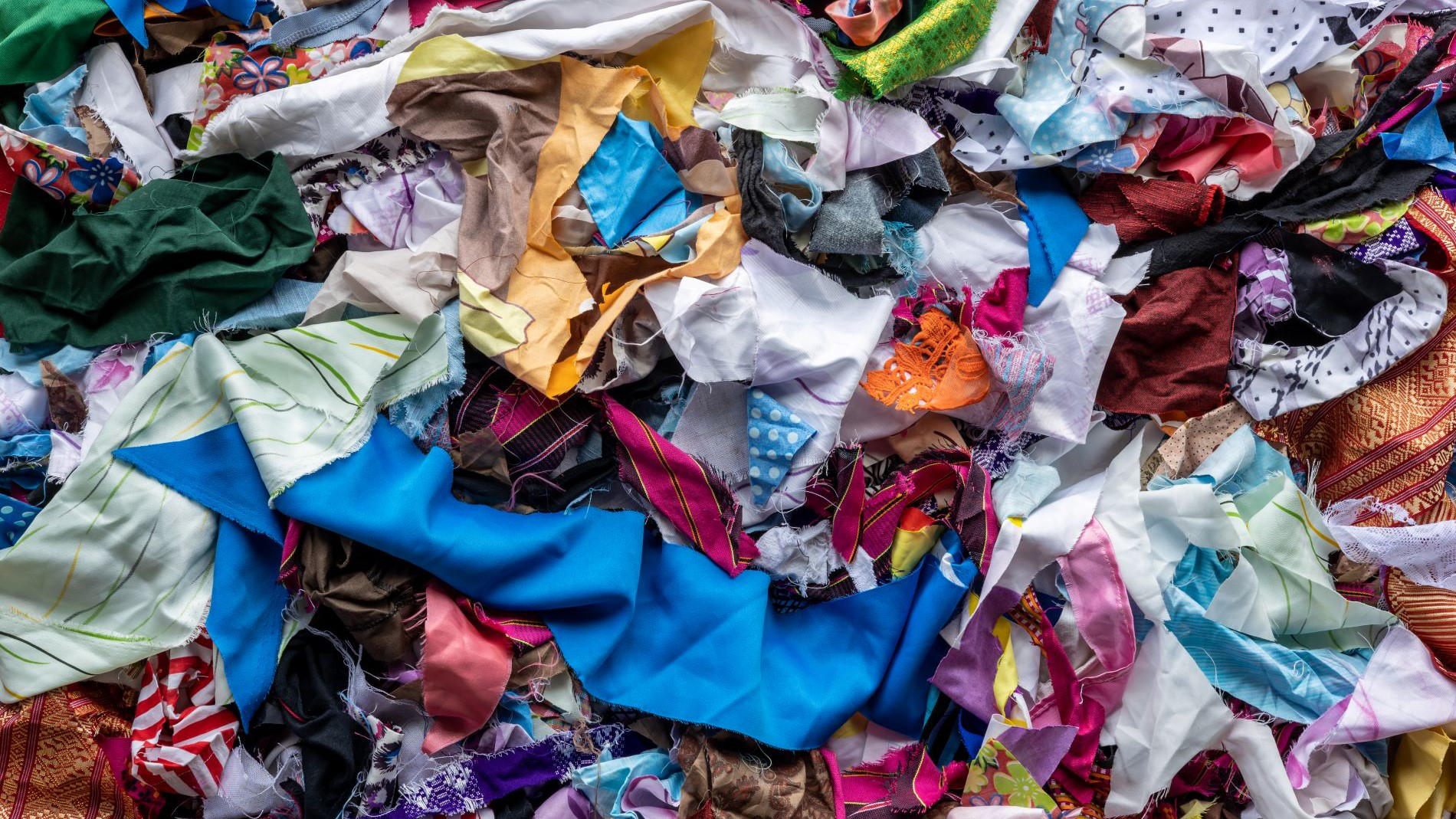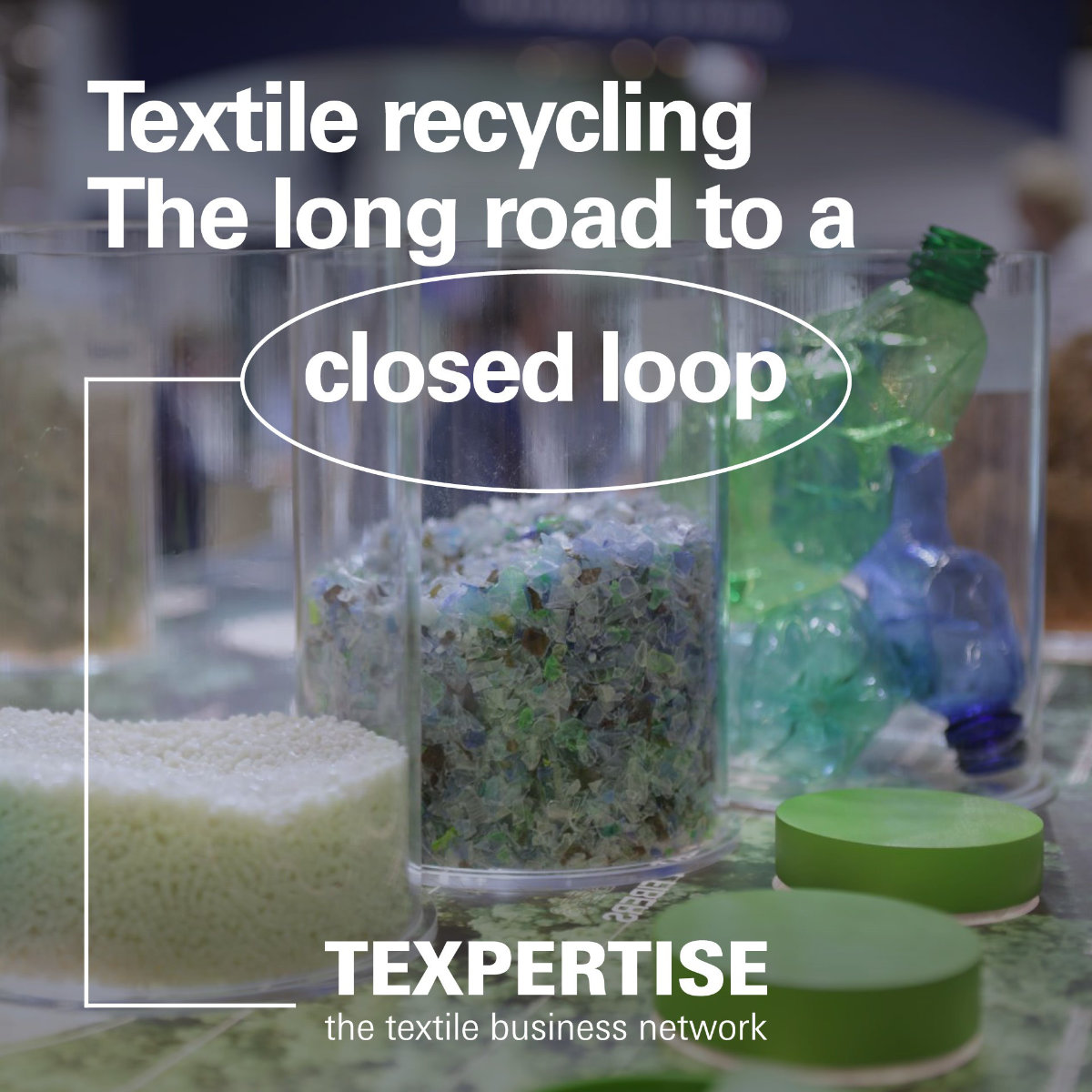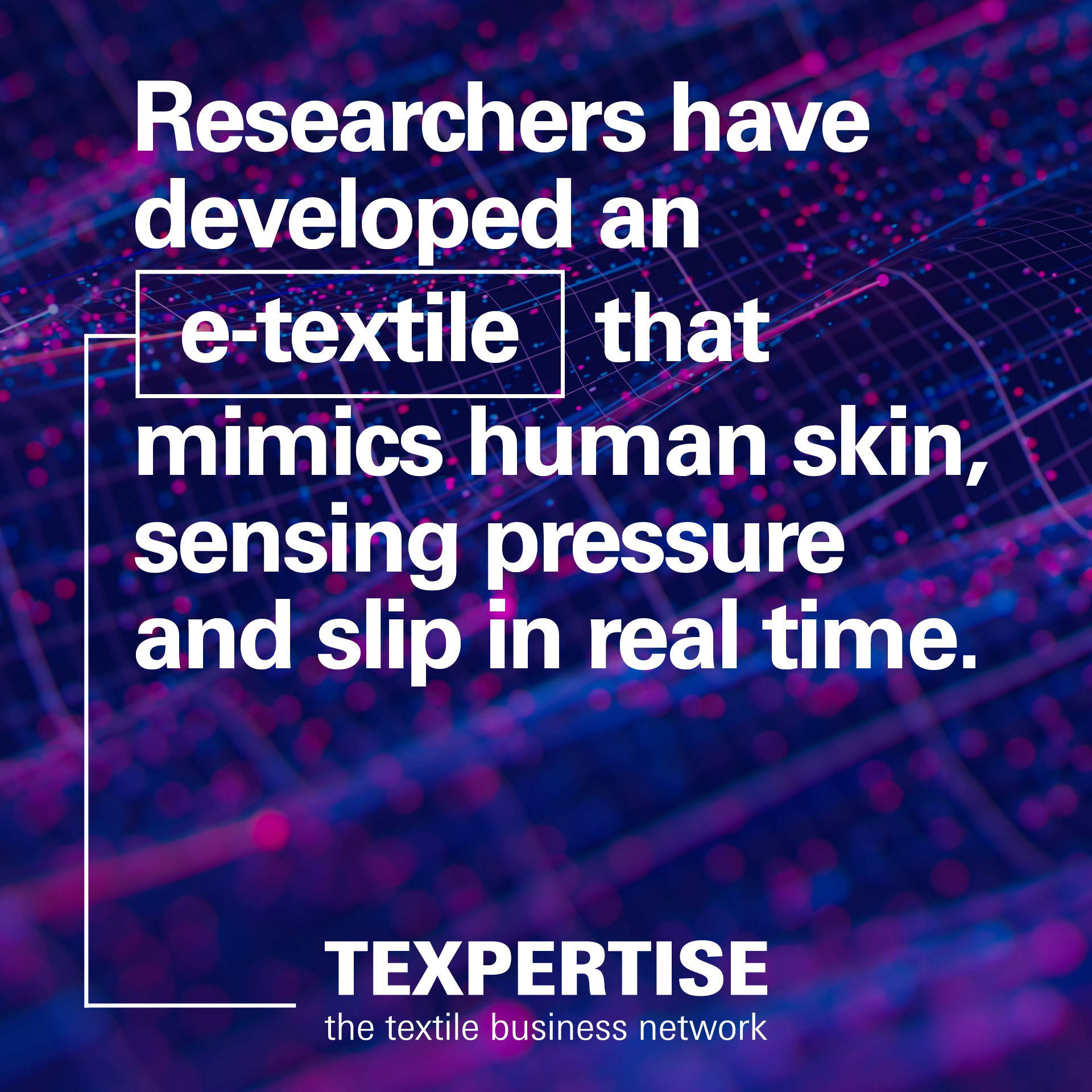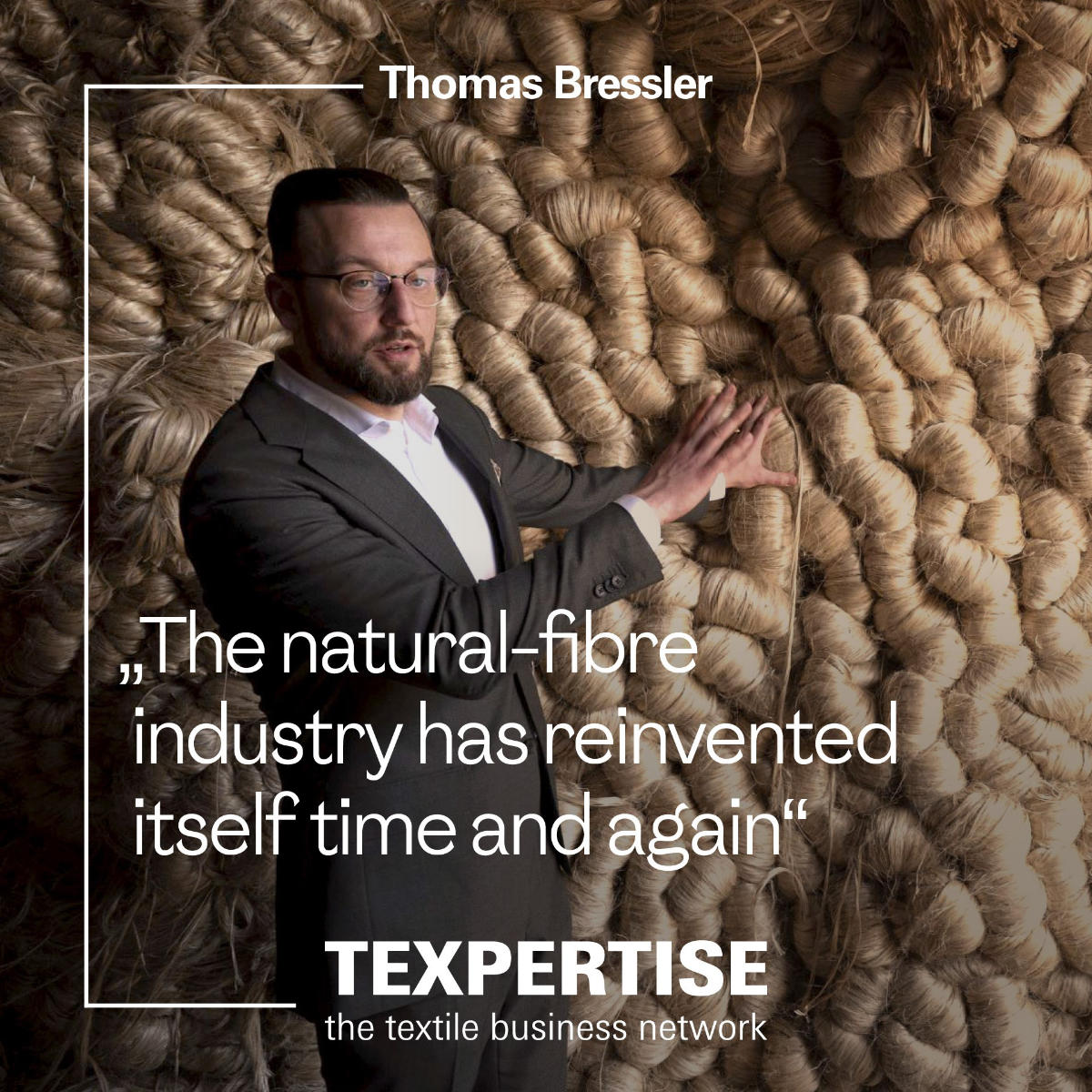Reading time: 2 minutes
Textiles are essential in fashion, home interiors and technical applications. Yet, currently, only about one-quarter of used clothing and household textiles are recycled—a rate that urgently needs improvement. Recycling becomes particularly complex with mixed fabrics composed of synthetic and natural fibres.
Modern recycling techniques
Textile recycling involves a multi-stage process combining mechanical, thermal, and chemical methods. An innovative example is the hydrothermal process developed by the US-based company Circ, effectively recovering different fibre types from blended textiles.
Mechanical-thermal recycling
Given the growing dominance of synthetic fibres—currently about two-thirds of global fibre production—their recycling is especially important. Researchers focus on mechanical-thermal methods: textile waste is shredded and cleaned, then melted under high pressure and temperature in an extruder. Additives can be introduced to adjust the resulting granulate for specific new applications. This technique is particularly relevant for thermoplastic mixed fabrics, such as polyurethane, polyester, and polyamide.
Chemical recycling – fibre-to-fibre
A promising approach for recycling complex blended textiles is chemical recycling, specifically depolymerisation. Selectively acting chemicals precisely break down polymers into monomers and oligomers, which can then be processed into new fibres. An example is the enzymatic depolymerisation of polyester by the French company Carbios, converting old textiles into versatile PET monomers.
Solvent-based recycling
Solvent-based methods selectively extract specific fibres from complex blends. Using fibre-specific solvents, materials like polyethylene can be dissolved from blends containing polyamide. The recovered materials are then processed into new, high-quality fibres.
Importance of sorting processes
Effective textile recycling relies heavily on automated sorting systems that direct fibres into appropriate recycling pathways. Companies within the Texpertise network increasingly employ optical and mechanical sorting systems, which will be progressively enhanced with AI technology.
Biological-enzymatic recycling
For highly complex textile combinations, such as those with antimicrobial coatings or nanosilver, biological-enzymatic recycling offers considerable potential. Enzymatic hydrolysis efficiently separates fibre blends, making them usable within a circular economy.
Conclusion: advances in textile recycling essential
Current textile recycling rates remain insufficient. Efficient recycling of mixed-fibre textiles is the primary challenge. However, innovative technologies, selective processes, and AI-supported sorting systems hold great promise for improving textile material reuse.
FAQ: Frequently asked questions
Which new technologies are used in textile recycling?
Alongside mechanical-thermal and chemical recycling methods, solvent-based techniques and AI-supported sorting systems are becoming increasingly prevalent.
How can recycled textiles be used in interior design?
Recycled fibres can be reused directly as natural fibres or chemically converted from recycled monomers into high-quality synthetic fibres for home textiles.
Are recycled textiles as durable as new materials?
The durability of recycled textiles depends on the quality of the original material and the recycling process. Modern recycling methods can achieve durability comparable to new fibres, particularly for synthetic materials.










